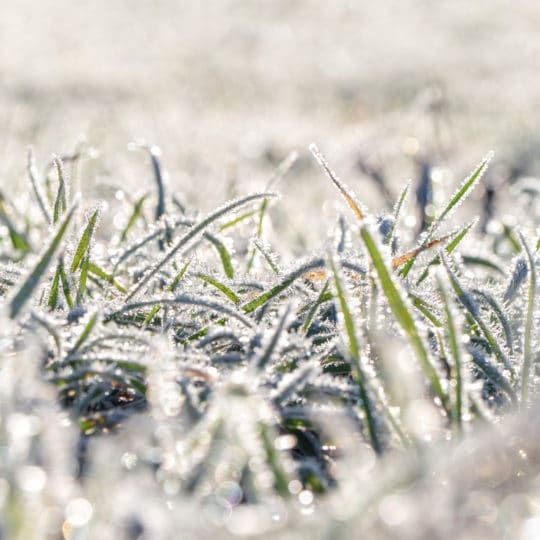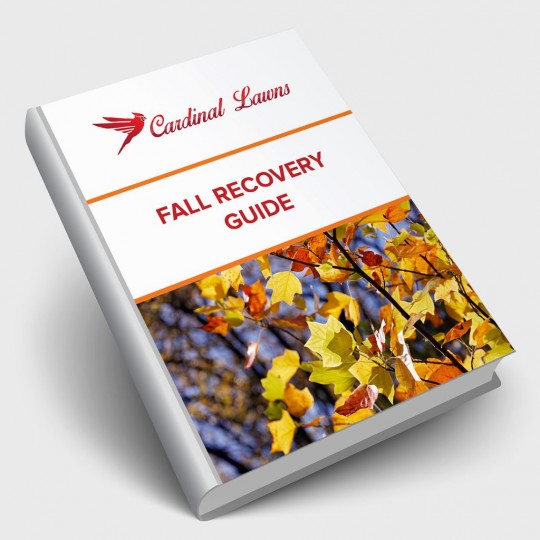Winter Lawn Care Dos and Don’ts
And How the Pros Can Help
Posted
January 20, 2022

Depending on where you live, lawn care could be the last thing on your mind this winter. Not only is it dormant season, but it’s also too cold to be tinkering in the garden. Well, you may want to head out on one of the warmer days to check on the status. Keep these winter lawn care dos and don’t in mind. Doing so now could mean a better, brighter spring.
Winter Lawn Care Dos
It’s winter. Do you know how your lawn is doing? Take a peek outside, or even just in the garage or shed to make sure you’re well prepared to welcome spring.
Caring for lawn and garden tools. How did you leave your shears and seeds? Make sure you properly store all grass seeds, fertilizer, pruning shears, gloves, and other tools over the winter. Keep seeds stored securely in a container off the ground. Otherwise, you could be inviting hungry rodents to dine on an opened bag. Chemical fertilizer also needs to be safely stored to prevent contaminating water sources. Any other garden tools should be cleaned and placed in a dry spot to avoid rust or damage.
The weeding continues. Of course, these hardy plant pests can survive the winter! Make sure you continue to pull them from in and around your garden to help prevent spreading this spring.
Be careful with salt. Before you spread any sodium-based ice remover on an icy walkway, make sure it won’t come in contact with your grass or plants. You can forget the salt altogether and use a safer alternative, like calcium chloride or sand.
Winter Lawn Care Don’ts
Here are a few things you don’t have to worry about this winter.
Mowing. Once a hard frost hits, put the mower away. Freshly cut grass becomes more susceptible to disease in cold weather. Keep your grass a little longer in the winter to help protect it from snow and ice.
Fertilizing. Your dormant lawn won’t be able to absorb any fertilizer applied after the fall. If it’s left on the surface, there’s a better chance of it running off and contaminating groundwater. Instead, use a slow-release formula in October or wait until March.
Keep off the grass. Just because it’s dormant, doesn’t mean it can’t be damaged. Your lawn is dealing with fewer nutrients and extreme temperatures. It shouldn’t have to worry about trying to bounce back from heavy foot traffic.
Professional Lawn Care
Even though there’s not a lot to do for your lawn this time of year, it’s still important to pay attention to what’s going on outside in your garden. For more tips on how to protect your yard this season and prepare for a beautiful spring, contact the experts at Cardinal Lawns for more information.

Download Your FREE Fall Recovery Guide
Summer’s extreme conditions can take a toll on your grass and its health. Take some time to learn how to bring your lawn back to life. This handy guide teaches you what needs to be done for a full fall recovery.